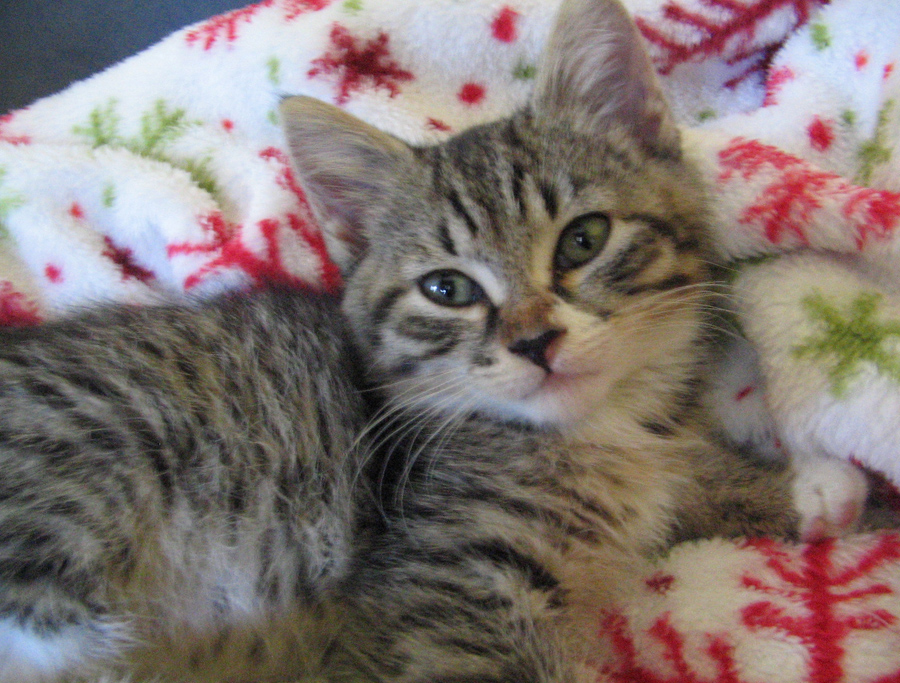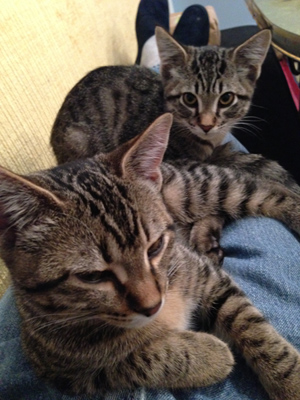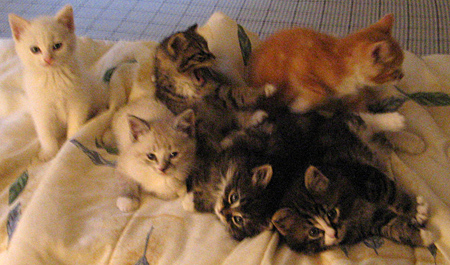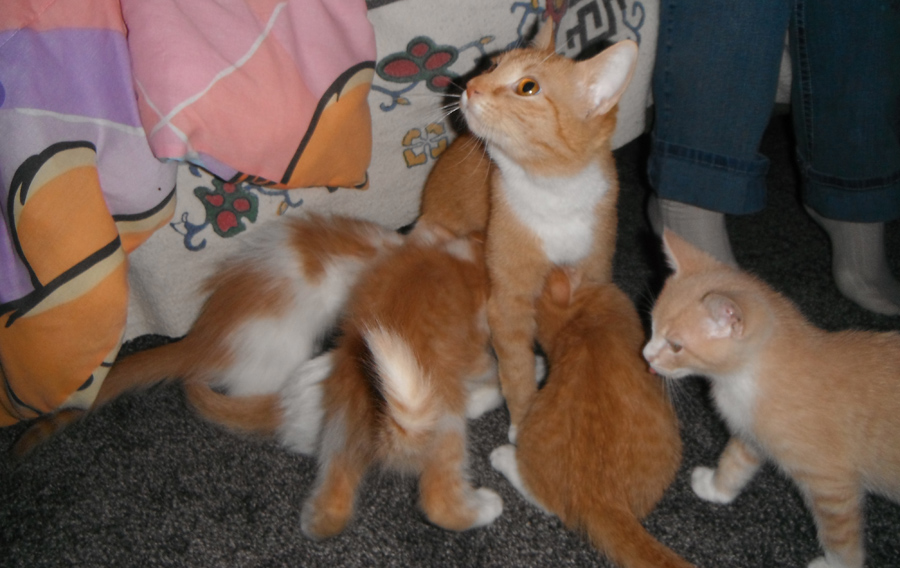
When people find out I sometimes foster kittens for the Kamloops and District Humane Society, they wonder how I can hand them over for adoption.
It’s not easy. But the way I look at it, kittens are cute, they’re in demand and they won’t have trouble finding a home. Adult cats don’t have that cuteness factor that makes them as appealing to pet seekers.
So while it’s hard to see them go, I know they won’t linger for long in the pet stores that the humane society uses to display its homeless animals. I also know the society is careful about screening potential adopters, although no system is perfect.

We’ve had probably at least a couple of dozen kittens go through our ‘guest room’ over the years. Given that I have a child at home who’s allergic to cats and our household is rather busy, we try to keep fostering to a minimum, but if there’s an emergency, the room is there.
Not that the kittens stay there for long. Eventually, they get restless and want more space. Eventually, most of them have taken over the main floor of the house, much to the chagrin of my live-in felines — one of whom is a foster who came with her litter of six kittens because the single mom who took her in as a stray was being threatened with eviction if the cats didn’t go.
The kittens went but their mom needed spaying afterward, then there was no room at the stores to show her off. Eventually when she did get in, she got sick with something and almost died. She came back to us so we could tube feed her. Who could get rid of her after that? As much as I’m not a big fan of orange cats (brown tabbies are my weakness), Lucy won us all over and she is a part of the family.
There was one brown/gray tabby kitten who almost stayed. Runty was so darned adorable. She was the tiniest kitten in a litter of six that included one orange kitten, two fluffy dark tabbies, an all-white kitten and a Siamese. Talk about a mixed bag.

Runty was the runt, and she would often just sit and watch while the others gobbled down food when the dishes were filled. I watched her weight and it started going down. She was quiet and passive. She needed hand feeding, which meant blenderizing canned food into a slurry that could be gently forced into her via syringe. Three or four times a day for a couple of weeks I’d warm up some kitten slop, suck it up into a syringe, wrap Runty in a towel and carefully squeeze the liquidy muck into her. It was a messy process, but she gained weight and eventually started eating more on her own.
She and her siblings went on display at a pet store. When I went to check on her after a week, she was again quiet and skinny. Whether it was the stress of the store or the dogs barking incessantly in the adoption room beside hers, I don’t know. But the cat came back and Runty and I returned to the hand feeding ritual for a while again.
Second time around was better. She gained weight and I again took her, this time with more than the usual reluctance and with a heavy heart, back to the store. I checked on her after a few days and she was fine. I returned after a week and she was in someone else’s arms. A young woman had adopted Runty and was getting ready to take her home. She handed the kitten to me for a last hug good-bye. It was difficult handing Runty back, but I got a good feeling from her new owner.
Other kittens have come and gone to great homes. For me, it’s the weak and needy I get attached to most. But if you can stand a lot of happiness and a little heartache at the end, fostering is a worthwhile venture. Just beware that not all of them leave.

